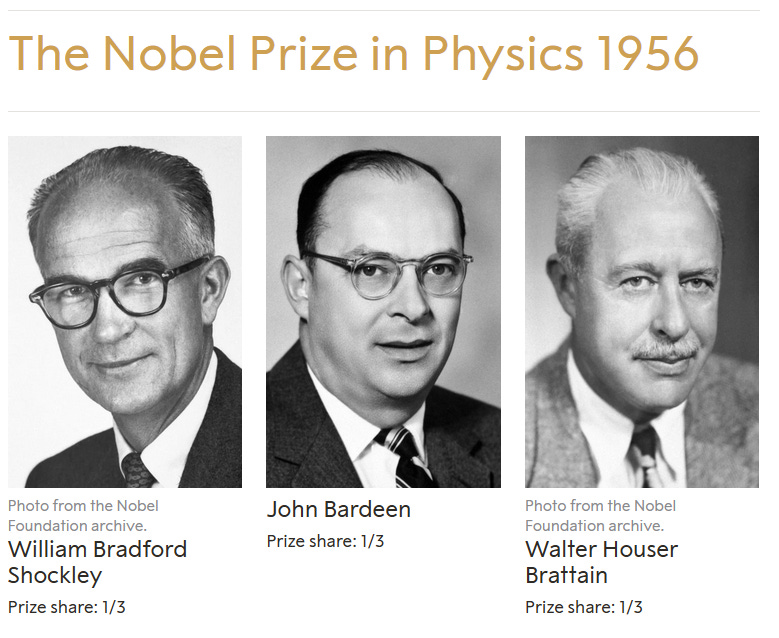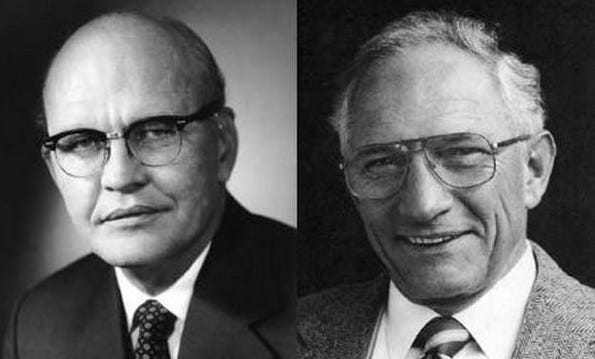An introduction to Semiconductors (Part 1)
Semiconductors have been crucial for the development of modern electronics, and continues to be. This article series aims at providing investors an introduction to the topic of semiconductors.
For over half a century, semiconductors have been the key building blocks of modern electronics. In the heart of every modern day electronic device lies at least one critical component that governs its functionality: the semiconductor.
But what is a semiconductor and why is it important to know? Well, to begin with the global semiconductor market was worth approximately USD 525 billion last year and is expected to exceed USD 1,000 billion by 2030. Beyond its economic significance, semiconductors enable the current artificial intelligence (AI) revolution, making them a fascinating area of technology. Mildly put.
By understanding semiconductors, including areas such as semiconductor manufacturing equipment and foundries, investors can deepen their understanding of the digital age's foundation and evolution. Investors who want to better understand the current acceleration of innovation should not underestimate the significance of how these tiny bits of silicon work and how they have enabled the rapid advancement of electronic technology. Today (perhaps more than ever), semiconductors are crucial in driving innovation across most sectors.
Moreover, with the practical implementation of AI in everyday life, the semiconductor industry is set to excel. Which from an investor perspective should make semiconductors even more interesting.
The history of semiconductors
The transistor
It all began in late 1940s with the invention of the transistor at Bell Labs by William Shockley, John Bardeen, and Walter Brattain. The development of the transistor, for which they later won the Nobel Prize in Physics, has paved the way for the miniaturization and improvement of electronic circuits. Prior to the invention of the transistor, electronic circuits primarily used bulky and less reliable vacuum tubes to control electrical signals. Today, the typical modern semiconductor consists of billions of tiny transistors in just a tiny bit of silicon.

A transistor is a semiconductor device used to amplify or switch electronic signals and electrical power. You can imagine the transistor as a tiny switch that controls the flow of electricity (“current”) in a circuit.
For comparability, it works like a faucet for water. Turn the handle (which in the transistor's case is equal to applying a small electrical signal), and you control the flow of water (electric current) through the pipe (circuit).
In even simpler terms, a transistor can be thought of as a small device that can either boost the power of an electrical signal, or act like an on/off switch that controls a larger electrical current with a smaller one.
Without getting too technical, a transistor “creates” binary information. A “1” if current passes through, or a “0” if current does not pass through. However, a transistor can also operate in a range of states between “fully on” and “fully off”.
A “1” usually represents the "on" state of a transistor. In practical terms, when a transistor is considered to be in the state of 1, it means that it is allowing current to flow through it.
A “0” usually represents the "off" state of a transistor. When a transistor is in the state of 0, it is not conducting current, acting as a barrier to the flow of electricity.
The integrated circuit
In the late 1950s and early 1960s, the integrated circuit (IC) was invented by Jack Kilby of Texas Instruments and Robert Noyce of Fairchild Semiconductor. The IC came to revolutionize electronics by combining multiple transistors and other components into just a single silicon chip, which ultimately enabled a continued development of even more complex and reliable systems. Prior to the IC, electronic circuits were made by individually connecting components which, compared to an IC, was bulky, expensive, and prone to errors and failure.
For comparability, one can imagine an IC as a small city built on a small piece of silicon. But instead of consisting of buildings and streets, imagine it as a city made of millions or billions of tiny electronic components such as transistors, resistors, and capacitors, all working together to perform complex tasks.
In this silicon city, the transistors act like switches or amplifiers, controlling the flow of electricity through the circuit (just like a traffic light controls traffic). The resistors are like speed bumps that reduce the flow/speed of traffic (in this particular case, controls for example the voltage), and the capacitors store energy/electric charge and releases it as needed (somewhat like water towers store water).
In practise, an IC is designed to perform a specific job, such as processing information, amplifying the sound in your earphones, or displaying images on your smartphone. Because all these components are built into a single piece of silicon, the IC can do its job both efficiently and reliably, while being small enough to fit into all sorts of electronic devices.
Silicon, silicon, silicon… what is it and why is it used
When discussing semiconductors, silicon is mentioned frequently. “Silicon”, “silicon wafers”, “silicon carbide”, “silicon… enter-text-here”. But what is silicon and why has it become so important for semiconductors?

Silicon is a chemical element with the symbol Si and the atomic number 14. Briefly explained, it has several properties that make it a perfect fit for semiconductors.
Its semiconducting properties allow it to efficiently conduct electricity when doped with other elements (doping is a process where impurities are added to the silicon to alter its electrical properties and ultimately controlling its ability to conduct current).
Additionally, silicon has excellent thermal stability and it can operate at higher temperatures than many other materials without degrading. This property is vital for electronic devices that generate heat during operation.
Furthermore, its physical and chemical properties make it very compatible with lithography and other processes used in semiconductor manufacturing.
Silicon is also the second most abundant element in the Earth's crust, making it available and relatively inexpensive compared to other semiconducting materials. Its availability has made it a cost-effective choice for mass production in the electronics industry.
To wrap silicon up, when oxidized, it forms silicon dioxide (SiO2), which is a superior insulator used in microelectronics to isolate components and reduce electrical interference. This property has been, and still is, crucial for the miniaturization and integration of complex circuits.
That’s a wrap!
With that, part one of this introduction to semiconductors has come to an end. Part two of this article series will cover the importance of Gordon Moore, as well as an introduction to microprocessors, memory chips and other types of semiconductors. Stay tuned.

